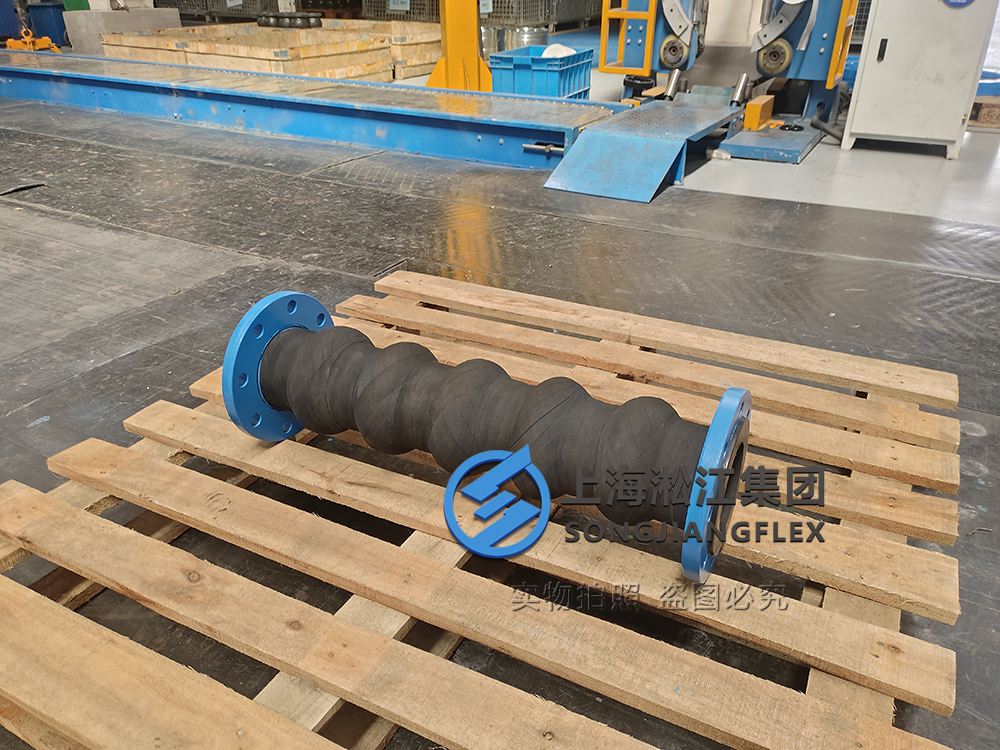Thermal expansion, vibration, and misalignment in pipeline systems often lead to issues—especially in complex or large-scale industrial facilities. A customized extended rubber expansion joint effectively solves these problems, ensuring system stability and safety.
🔍 What is a Rubber Expansion Joint?
Rubber expansion joints are flexible connectors in pipeline systems that absorb vibration, compensate for thermal expansion, and correct misalignments.
They are typically made of natural or synthetic rubber and are essential for:
-
Reducing stress on pipelines
-
Preventing mechanical failures
-
Extending system lifespan
They are widely used in:
-
Piping systems
-
HVAC systems
-
Water pumps and compressors
✅ What Are the Benefits of Custom Extended Rubber Expansion Joints?
Custom extended rubber expansion joints:
-
Provide greater flexibility for large displacement
-
Suit complicated environments and tight installation spaces
-
Improve system reliability and reduce maintenance costs
They are especially effective in:
-
High-pressure systems
-
Long-distance pipelines
-
Vibration-sensitive environments
Common applications include:
-
Flexible hose packless joints
-
Heavy-duty industrial pipelines
🛠️ How to Choose the Right Custom Rubber Expansion Joint?
When selecting a custom joint, consider:
-
Pipe size and movement range
-
Working temperature and pressure
-
Vibration frequency
-
Corrosive environment
Choosing the right rubber material (EPDM, NBR, Neoprene, etc.) ensures:
-
Resistance to chemicals, oils, or heat
-
Longer joint lifespan
-
Lower repair costs
Also, correct installation is critical for optimal performance.
🏭 Common Applications
Custom extended rubber expansion joints are commonly used in:
-
Water treatment plants
-
Oil & gas pipelines
-
Power generation systems
They reduce vibration in:
-
Generators
-
Fans
-
Pumps
They are also ideal for:
-
Rubber union connector expansion joints
-
High-temperature or high-pressure piping
🔧 Installation & Maintenance Tips
To maximize lifespan:
-
Follow standard installation procedures.
-
Ensure tight sealing to prevent leakage.
-
Regularly inspect for wear or cracks.
-
Avoid over-tightening flanges.
-
Replace joints when deformation is visible.
Good maintenance ensures:
-
Fewer shutdowns
-
Lower total cost of ownership
🎯 What is the Purpose of a Rubber Expansion Joint?
Rubber expansion joints serve to:
-
Absorb thermal expansion
-
Mitigate vibration
-
Reduce mechanical stress
-
Prevent pipeline damage
They keep your system safe, stable, and efficient, especially under fluctuating temperature and pressure.
📌 What is the Purpose of an Expansion Joint?
All types of expansion joints:
-
Allow axial, lateral, or angular movement
-
Compensate for thermal changes
-
Maintain structural integrity in pipelines
🧩 What is an Elastomeric Expansion Joint?
These are joints made of elastic rubber materials like:
-
Natural rubber
-
EPDM
-
Neoprene
They are ideal for:
-
Absorbing dynamic movements
-
Damping vibrations
-
Isolating mechanical noise
🔍 What Are the Three Types of Expansion Joints?
-
Axial Expansion Joint – handles movement along the pipe axis
-
Lateral Expansion Joint – allows sideways movement
-
Angular Expansion Joint – accommodates bending or angular misalignment
Each serves a unique purpose, and selecting the correct one ensures system efficiency and safety.
🧾 Summary
Custom extended rubber expansion joints help solve thermal expansion and vibration issues, reduce maintenance, and enhance system reliability, making them an essential part of modern industrial piping systems.













